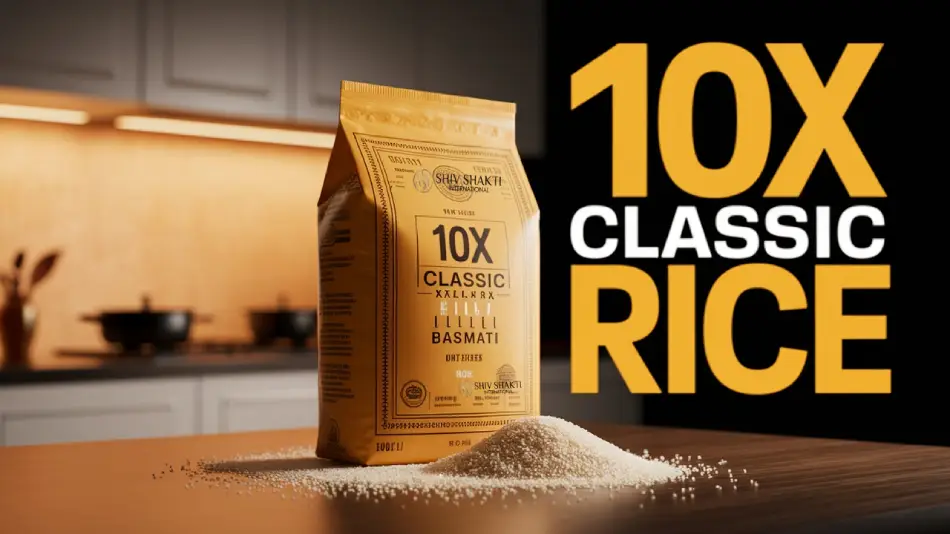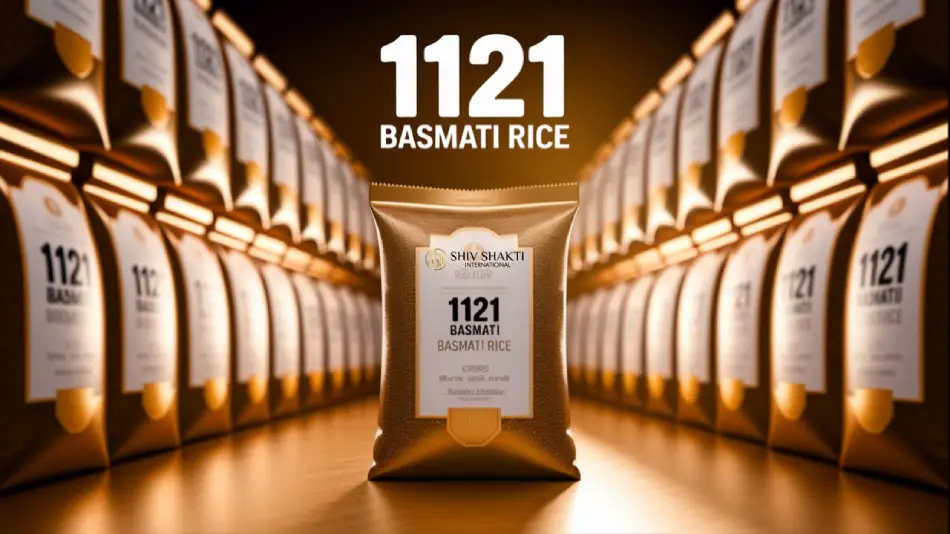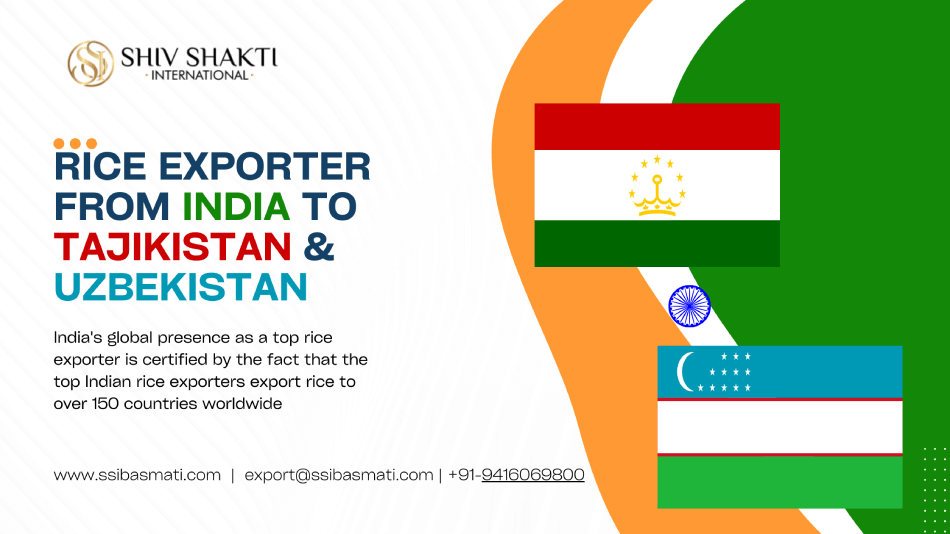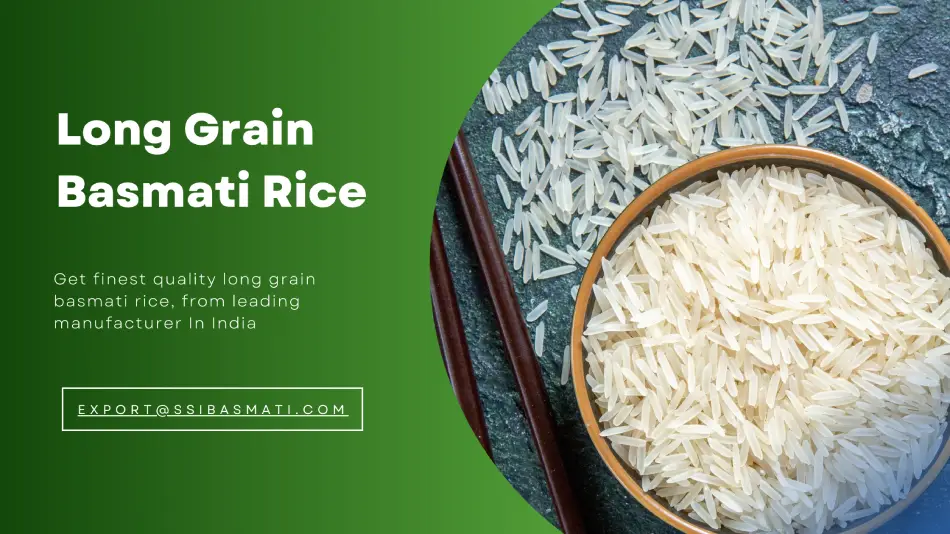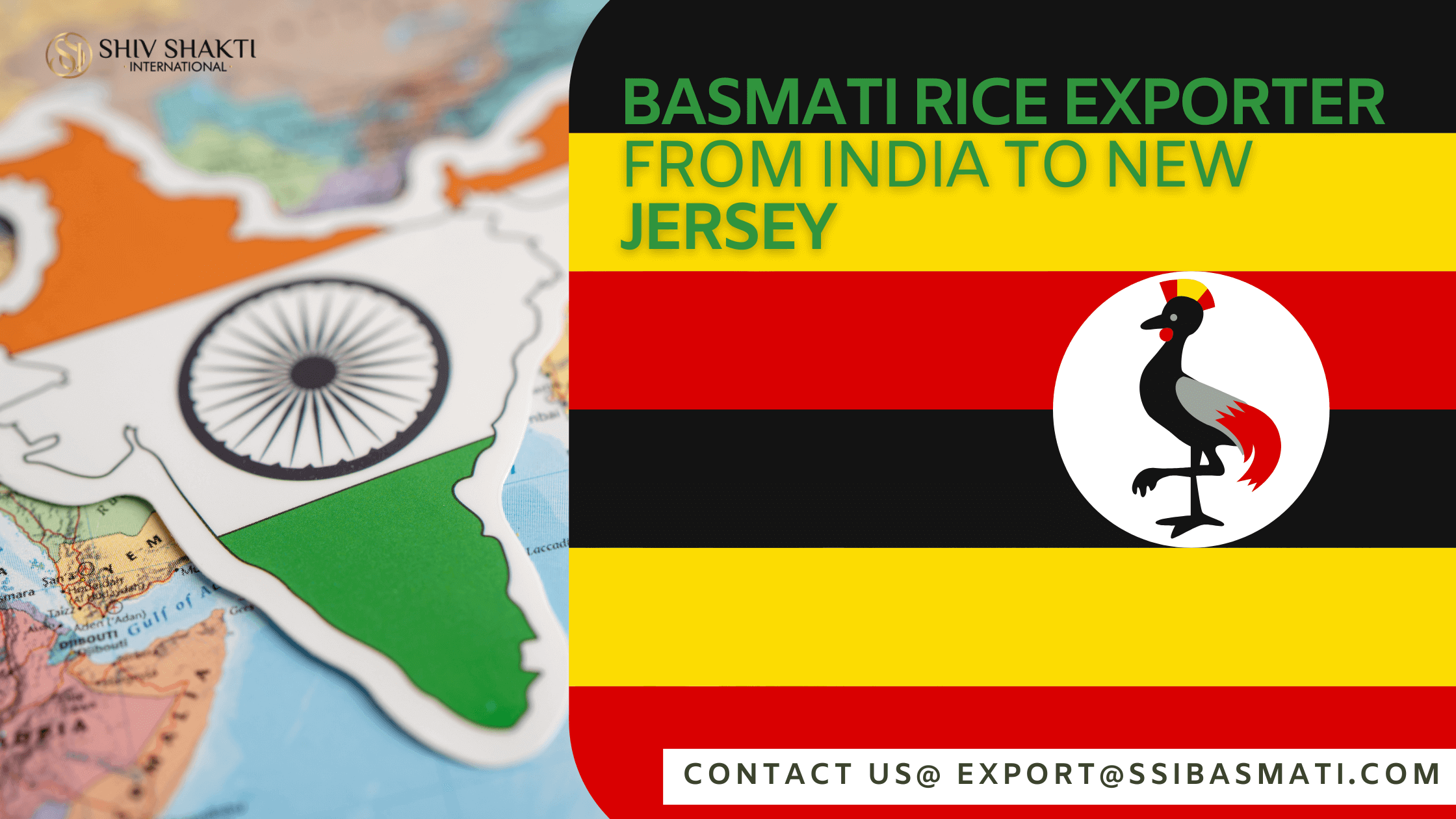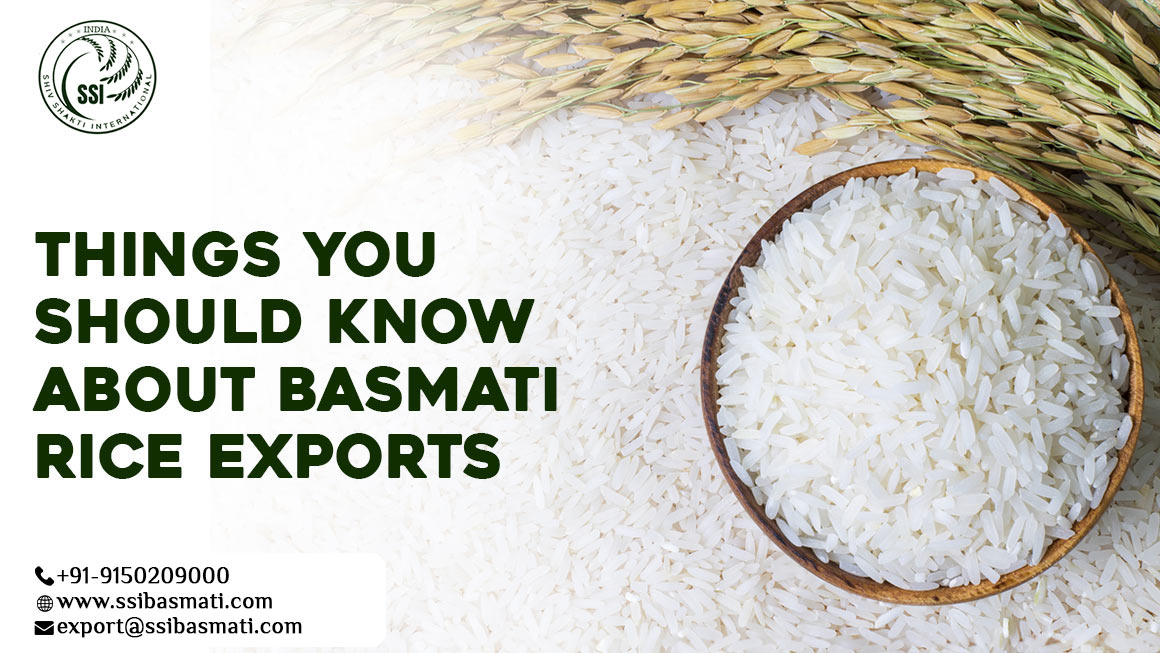
Things You Should Know About Basmati Rice Exports
In 2021, India exported more rice than ever before. This has never happened before. There is little doubt that this success would help rice vendors in India. There are several benefits to ensuring the success of Basmati Rice Exporter in India.
An Introduction of Indian Rice Distributors
India's
rice industry plays a vital part in the country's economy, contributing
considerably to GDP growth, export earnings, and job creation.
Important Rice-Producing Regions in India
India's
central rice-growing regions are West Bengal, Uttar Pradesh, Andhra, Punjab,
Tamil Nadu, Orissa, Bihar, and Chhattisgarh. These eight states are responsible
for 72% of India's rice-producing territory and 75% of the country's total rice
production. Because of their centrality to the country, these areas are where
most of India's rice comes from.
Among
the Indian states, West Bengal is the most productive in rice cultivation. Most
of the state's farmable land, or around 5 million hectares, is devoted to rice
cultivation.
In
2016, West Bengal continued to top India in rice production with a harvest of
over 14.8 million metric tons. Rice Exporter in India often takes benefit of
this vast region dedicated to cultivation.
These are among the most important markets for rice imports from India
The
majority of the rice that is exported from the globe comes from India. India is
a major rice exporter, with basmati becoming the most common kind sent outside.
Saudi Arabia
Saudi
Arabia is the world leader in rice exports. Such as the whole of the globe,
Saudi Arabia distributes its 63% import share of rice. The basmati rice
supplied by Shiv Shakti International is in great demand nationwide. For this
reason, the Indian government is encouraging the export of basmati rice.
Businesses are also ramping up their foreign trade missions and activities.
Other international locales
Third,
in terms of percentage, the United Arab Emirates often purchases textiles from
India's major mills. The demand for Indian Basmati rice is growing in the
United Arab Emirates. Iraq buys some 6.1% of India's total rice shipments. That
nation imports plenty of high-quality rice via India's rice producers due to
the widespread usage of rice there. Some 65 percent of India's rice exports go
to Asia. Africa ranks second having 24%, after Europe, with 7%.
India's rice producers have a competitive edge in a few key areas
India
has consistently been the world's largest exporter & supplier of rice. As a
result, India's rice exporters gain substantially from the nation's and govt's
favorable conditions.
Methodological advancements in agriculture
India's
rice exporters also have historically enjoyed high earnings and consistently
surmounted obstacles thanks to cutting-edge technology and creative responses
to the effects of climate shifts on the rice industry.
India's
government is bolstering its agricultural data services and support using
mobile and technological technology. The researchers didn't stop there;
however, they also created the smartphone application "rice professional"
to educate farmers about pests, rice types, farming equipment, and other
relevant topics.
The increased availability of low-cost contemporary technologies in India, notably agricultural bioengineering, has significantly influenced the cost of manufacturing and the cost of goods in the farm sector. Meanwhile, increasing agricultural output via the use of cutting-edge machinery and equipment.
